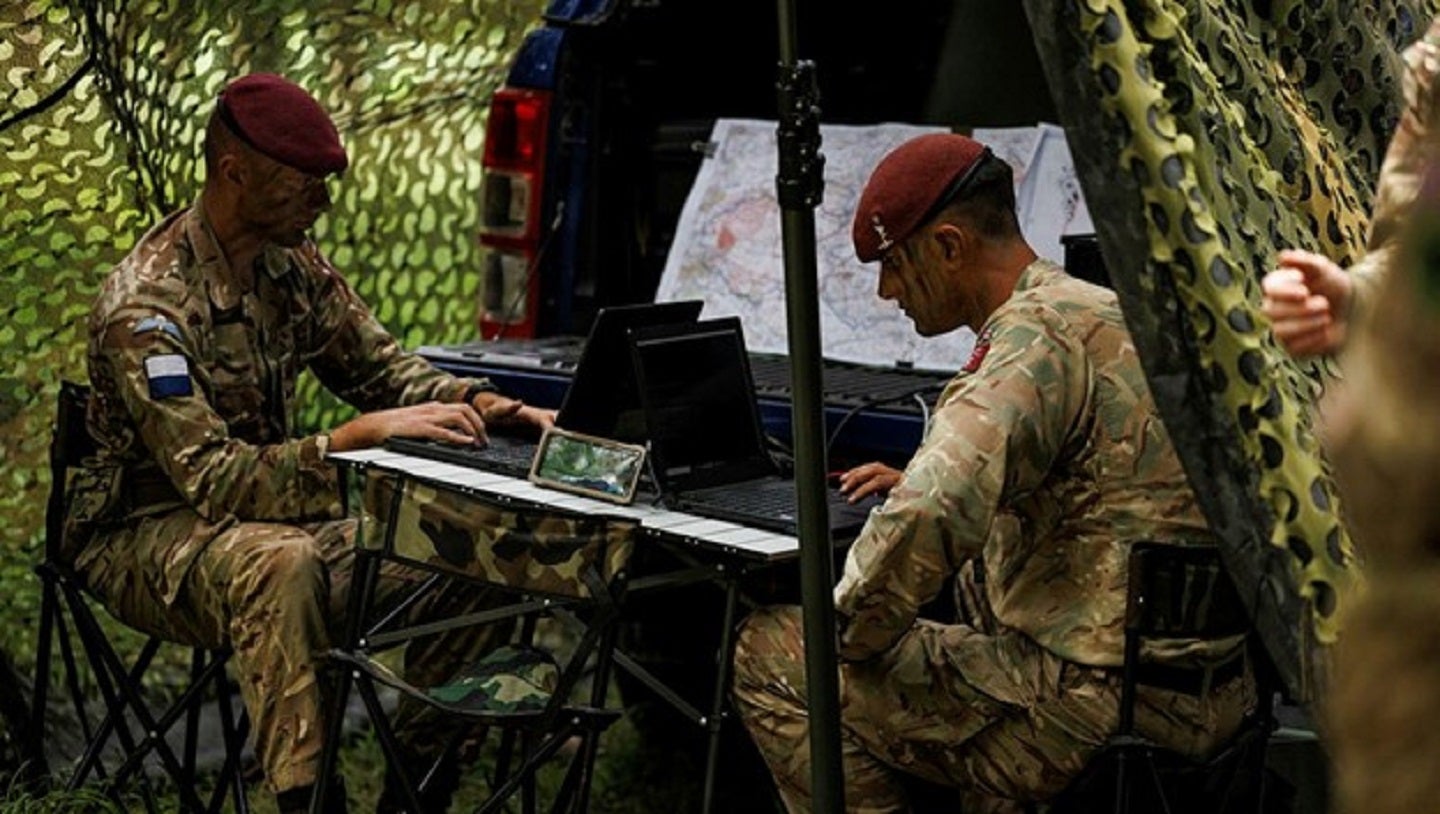
Army Technology interviewed Alec Bain, the senior principal Command and Control (C2) analyst for the Defence Science and Technology Laboratory (DSTL) to discuss resilience in a contested-electromagnetic theatre at the C4ISR Global 2024 conference that ran from17-18 April.
Bain has been working at DSTL for 12 years, specialising in C2, which had also been a specialism for Bain during his career in the British Army.
At DSTL, Bain has been leading work on the Command Advantage at DSTL, and presented DTSL’s findings at C4ISR Global 2024 conference, under the heading of C2 resilience.
The concept is the outcome of a number of years of work looking at how to make C2 enterprise more resilient in the face of any enemy activities which try to create denied and degraded environments.
Under C2, units within the army operate on a regular basis as though their information systems have already been compromised, embedding practices and training for a contested environment, and freeing up resources for other units, including those that make greater demands of the electromagnetic spectrum and airwaves.
Andrew Salerno-Garthwaite (ASG): What does C2 replace?
Alec Bain (AB): “It doesn’t. We don’t do anything like C2 resilience. That’s a slightly unfair, unkind comment, but having spent 25 years – a bit more maybe – particularly with the Iraq and Afghani campaigns in which nobody contested cyberspace or the spectrum, we have become so used to assured access to communication information systems, to masses of information. And I think some parts of the military find it difficult to contemplate doing business without all this information.”
“We’ve gone beyond just behaviours now – to this is embedded, it’s cultural. Whereas the reality is, if the information isn’t there, you don’t go and have a cup of coffee and wait for it to come back, you have got to keep operating. So you’ve got to think of ways of doing that.”
“It’s an approach which requires a different way of thinking,” says Bain. “There is the possibility that you can ‘out-C2’ the enemy, as it were, but it is predicated on the fact that not only are you doing your best, but you are actively trying to limit their C2.”
“One is trying to tighten up your own OODA loop, whilst trying to get the enemy to expand theirs. That gives you tempo, to your advantage, which means you’re into decision superiority, which should give you an operational advantage.”
“The hypothesis is, if we can do all that, those are the sorts of benefits we’ll acquire. But the hypothesis also says that it’s achievable – that this isn’t going to suddenly require a huge amount of staff work, more people in headquarters, more systems and so on – but also that the concept is scalable, in that it can be done by land, sea, air, cyberspace, and from the tactical to the strategic more or less.”
“We’re still in the process of proving that. Some of it is already doctrine with the army. Some of it is draft Nato doctrine that we’re currently working with Joint Warfare – they are our sponsors.”
ASG: What’s next in the development process?
AB: “We’re about to run our second major war-game with them. The first one confirmed that the C2 new doctrine works; the decision-making processes we’ve offered fundamentally work.”
“The next war game in July is going to attempt to quantify, ‘By how much do they give you benefit?’”
“If I take a leap of faith, and we achieve that in July, then the next process would be to validate this as part of some form of major exercise. Once validated, we can then offer the outcomes of this to [Development, Concepts and Doctrine Centre (DCDC)] for them to then consider within their doctrine world, to see if they are prepared to publish it as such.”
“So there’s way to go, but this has been a number of years now, slowly gaining traction over time, as we achieve minor milestones, major milestones, and so on. But I think the big lesson is that changes like this, which require a different way of thinking, are difficult to implement. Probably haven’t got that right at the moment. It probably needs a bigger view than this, and it’s a separate subject altogether.”
“Even if we were to publish the doctrine as doctrine, just by publishing a book saying ‘This how you should do these things for these benefits,’ probably won’t work. That’s a personal view. . .There’s a lovely phrase: ‘The only thing only thing more difficult than in the new ideas in is getting the old ideas out,’ and when you start to talk about the way people think you’re in that sort of space.”



